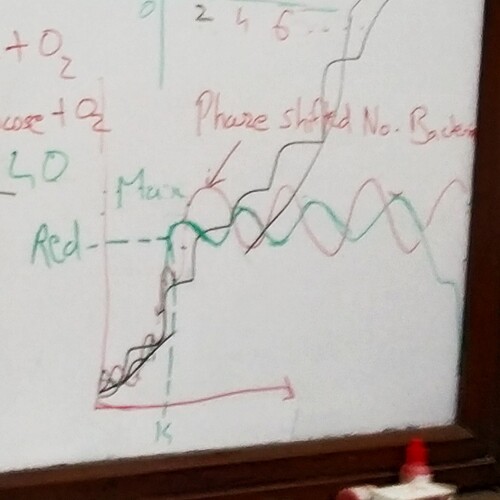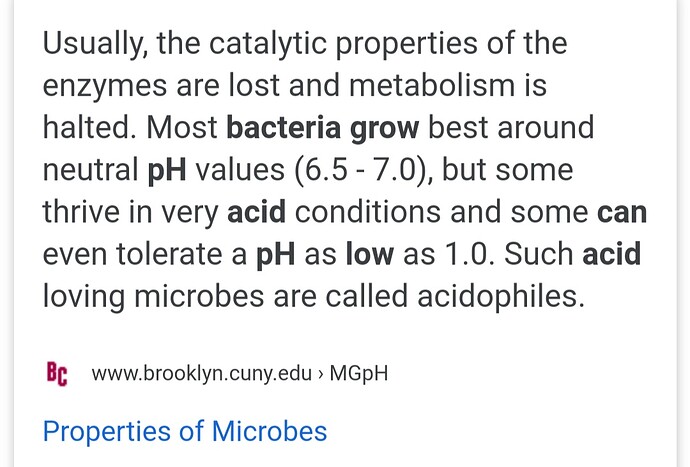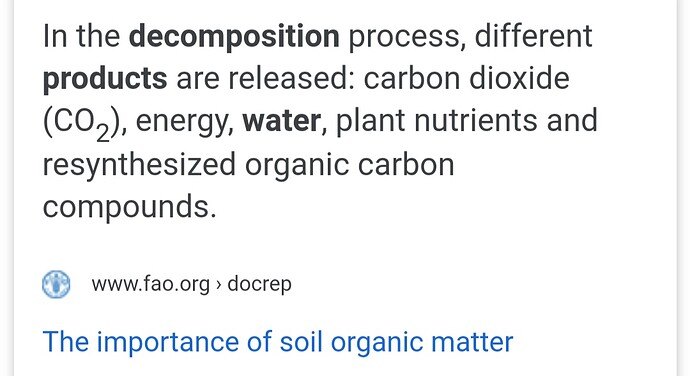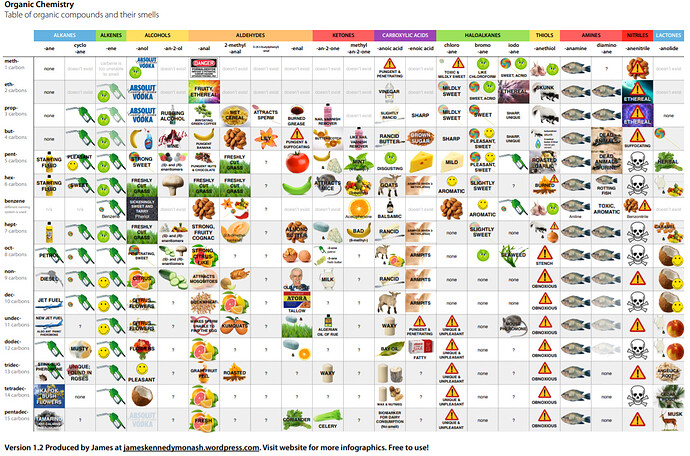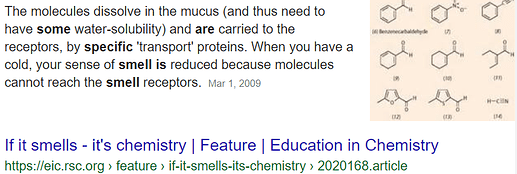For creating a model to predict effects of factors affecting Moina we need to monitor these factors. Hence to do this we need some ways to estimate the changes in these factors. Hence I turn to the CUBE community for ideas (ways or methods) to track the increase /decrease of waste and bacteria in Moina cultures.
By waste here we mean the excretory remains left by the organisms or the harmful byproducts of decomposition of any kind of organic matter or the dead remains of organisms.
The basic idea for monitor it would be to monitor the changes in the chemicals that constitute waste.
Edit:
Wast will include but will not be limited to
- Byproducts of Decomposition : CO2, Nitrites, Nitrates, Ammonia, other complex or simple organic molecules, etc.
- Excretory products : urea, Ammonia, or other possible substance that might be present.
- Bacterial products: lactic acid, CO2, etc.
We all know that bacteria is obviously present in the culture.
But the problem occurs when we try to monitor their population growth. Because we can’t be looking for a specific kind of Bacteria. Since according to change in environment there will be changes in the species of Bacteria that would be found. So to monitor something so fast changing will be difficult.
How will you monitor the changes in chemicals that are a part of this waste?
By change in the environment do you mean by introducing normoxia and hypoxia?
Have you observed changes in bacterial species or do you have any reference regarding the same?
@pratittodkar What do you mean by waste?
What all chemicals are likely to be present in the waste?
What is present in waste of bacteria?
Can we estimate these chemicals?
How?
Ya by changes we do mean hypoxia and normoxia.
No I haven’t observed any change in bacterial species but it seems quite plausible an assumption because if we take in consideration lacto bacilli they will be present in the milk we provide but they will also take part in lowering the ph of the water and will produce lactic acid. This change will render many bacterial species extinct since not all species can survive in lower pH waters. Though this might be not so substantial a change since we are only adding a few drops of milk but in uncontrollable natural environments where Moina might populate like in sewers or lakes this factors might not be so non substantial.
And I do plan on testing this assumptions.
Wast will include but will not be limited to
- Byproducts of Decomposition : CO2, Nitrites, Nitrates, Ammonia, other complex or simple organic molecules, etc.
- Excretory products : urea, Ammonia, or other possible substance that might be present.
- Bacterial products: lactic acid, CO2, etc.
We can do chemical tests on the water but I don’t have the specifics yet and that’s what this thread is about . Contributing Ideas about ways to monitor this variables
Thats good…
Any reference?
Or are you hypothesising?
[center]References[/center]
-
About the change in ph levels caused by lacto bacilli I have reference.
-
About not all bacteria being able to survive at lower ph levels I have reference.
-
About wast compounds listed above I have reference.
-
About the presence of urea. That is a hypothesis.
@pratittodkar How to estimate nitrates and nitrates?
What are methods involved?
Are you sure there can be urea present in moina bottles?
Are there any chemicals which have smell among these?
Does moina bottle turn smelly after a period of time?
Can we identify some chemicals by their peculiar smell, which are such chemicals?
How to estimate acid @pratittodkar?
What are methods involved?
-
Ammonia does have a smell but due to trace amounts I think it will be difficult to identify.
-
In the coming 2-3 days I will be myself testing the hypothesis whether urea is present or not in moina bottles.
-
About moina bottle turning smelly I will have to check out about it in the current culture I am taking care of. But if anyone else has then they should mention it below.
-
Other than Ammonia I think no other chemical predicted has a characteristic smell.
-
For estimating the acid we can do pH tests from day 1 but I think other factors might also affect the pH of water. So if we want specifically pH by lactic acid it would be a problem. But I think overall pH can give quite a good rough estimate for our purpose.
What about H2S? does it have smell?
Which chemicals do have smell? Can we make a list of chemicals which have smell and which donot have smell?
Acid can be detected with Ph paper, but how to quantify acid in Moina bottles? Whether acidity of moina culture bottles will increase as days pass on?
What method can be used to measure acidity?
Are there any titration based methods? How to go about it?
1.We can do pH tests which give particular colors depending upon the pH values. For this we can use various universal indicators.Then we can compare the results with pH scale.
-
H2S does has smell.
table-of-organic-compounds-and-their-smells-w12.pdf (2.7 MB)
Other than the ones mentioned in the photo there are also others with smell. And i don’t think it will be possible to list them all here,
As days pass I think the pH of Moina bottles will be unpredictable by us without experimentation since there are too many factors because we have to take into consideration that the water will be a mixture of many compounds in various concentrations. Not only the concentrations are the problem but we also have to consider that some of these will be weak or strong, acids or base.
I don’t think that we would necessarily have to do titration we can also get the pH values just by doing pH test with an ideal universal pH indicator.
@pratittodkar Ph indicator, will not give exact amount of acid present in moina cultures.
Why not look for some titration methods? like acid-base titration to measure acidity.
Why not look for similar titration methods for measuring amounts of nitrates and nitrites also?
Yes you can try looking through Ph papers also to begin with.
Why does H2S smell? is it because it is a reduced compound? does oxidized form of Sulphur (like SO2) also smell?
Similarly which all chemicals can have smell? what about ammonia vs nitrate? one is reduced and one is oxidized form of nitrogen, which one has smell?
Will the condition in moina bottles after few days will be reduced or oxidized?
Well smell is sensed when the chemicals in the air dissolve in the mucus and are carried to the receptors according to the following article.
So H2S must be readily soluble in water. That means it must be a polar molecule since molecules with similar polarity dissolve well and water is polar.
According to as far as I know oxidization or reduction of a compound doesn’t affect water solubility unless it changes it’s polarity.
Nitrate isn’t polar hence it doesn’t has smell. While Ammonia is Polar and it smells.
The conditions in Moina bottles will be oxidized since mainly carbons from organic matter will be converted to CO^2 and all combustion reactions are oxidation reactions and as many organisms use some or the other combustion reaction to produce energy.
We can do titration for pH and it will obviously be more accurate.
But I have a problem that I haven’t found a titration based solution for nitrates or nitrites. So it would be better if anyone can suggest some other way for it
Did anyone found a way to estimate nitrate or nitrite levels in Moina bottles?
